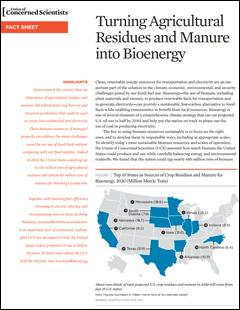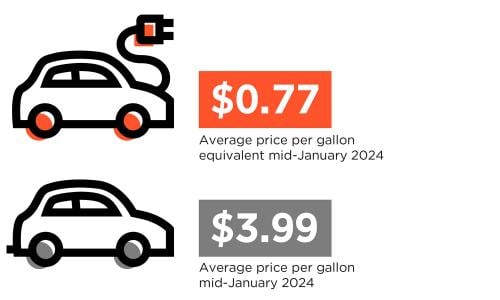While most crops are valued for their harvests, leftovers like stalks and cobs are important resources too.
Known as “crop residues,” these resources help protect soil from erosion and loss of soil carbon. They can also be turned into ethanol for fuel or used for electricity.
UCS analysis finds that by 2030, U.S. farmers could sustainably produce up to 155 million tons of crop residues, many times the current level of production. U.S. livestock could produce another 60 million tons of manure, to be turned into clean-burning biogas.
The right policies, practices, and investments will help these clean energy sources realize their potential—with huge benefits for farmers, communities, and the environment.




